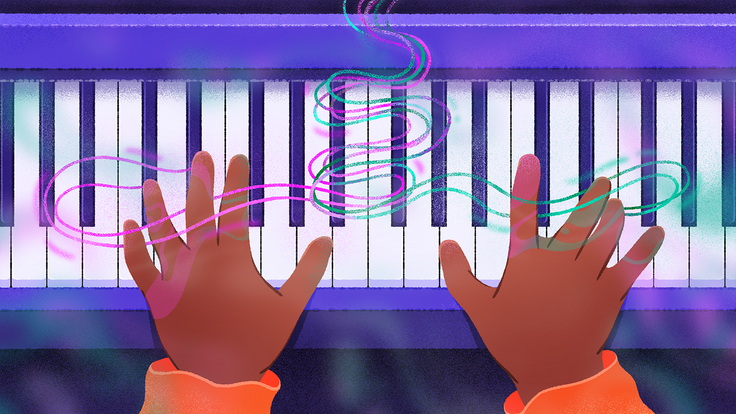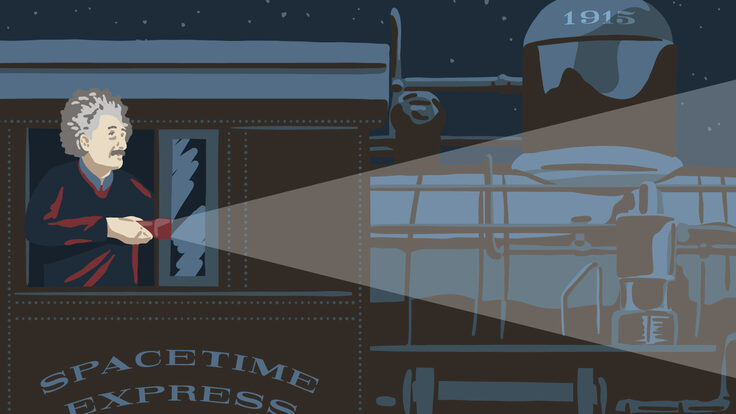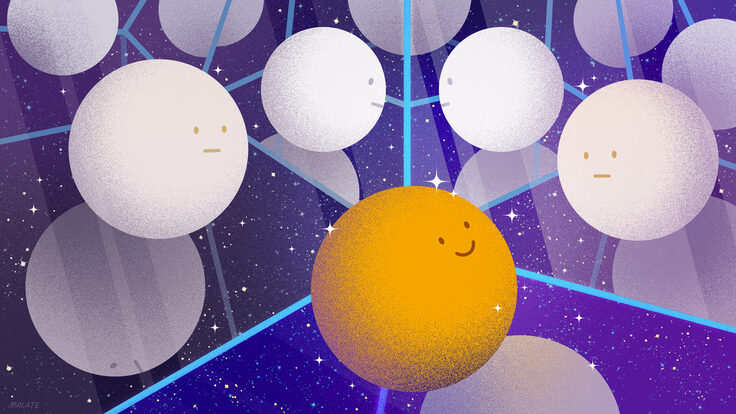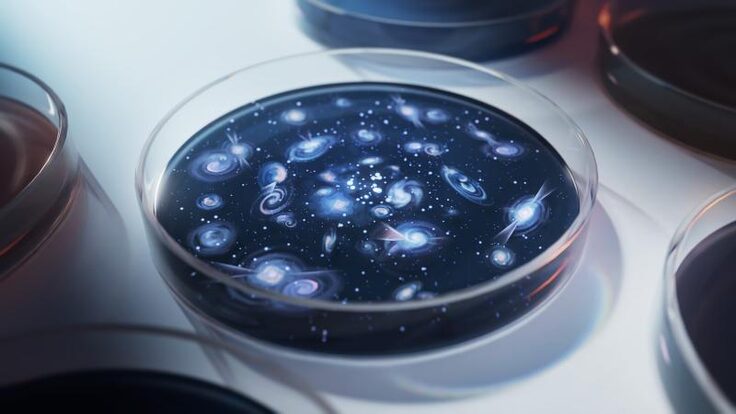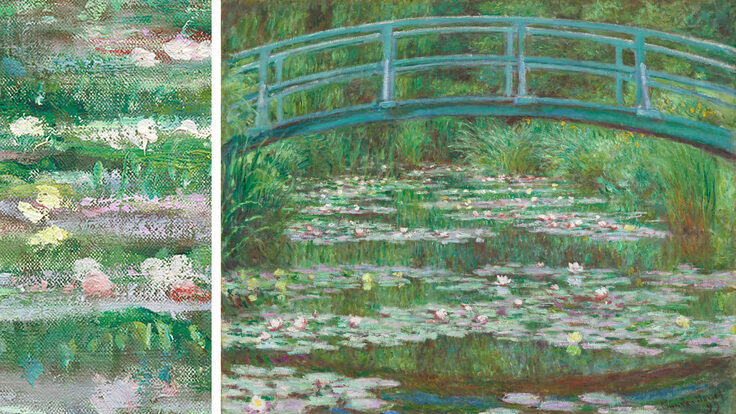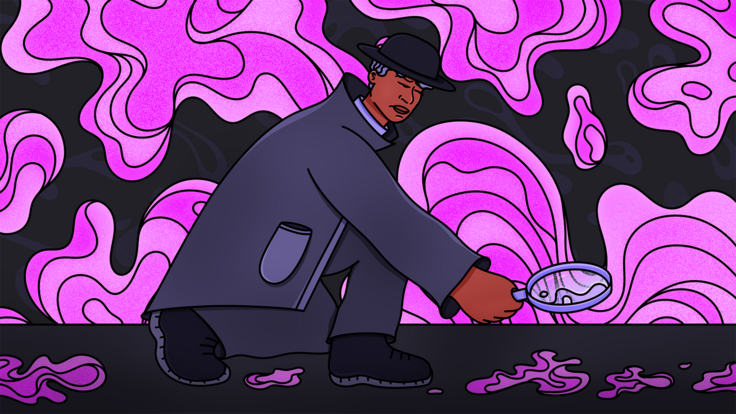When we peer through our telescopes into the cosmos, we can see stars and galaxies reaching back billions of years. This is possible only because the intergalactic medium we’re looking through is transparent. This was not always the case.
Around 380,000 years after the Big Bang came recombination, when the hot mass of particles that made up the universe cooled enough for electrons to pair with protons, forming neutral hydrogen. This brought on the dark ages, during which the neutral gas in the intergalactic medium absorbed most of the high-energy photons around it, making the universe opaque to these wavelengths of light.
Then, a few hundred million years later, new sources of energetic photons appeared, stripping hydrogen atoms of their electrons and returning them to their ionized state, ultimately allowing light to easily travel through the intergalactic medium. After this era of reionization was complete, the universe was fully transparent once again.
Physicists are using a variety of methods to search for the sources of reionization, and finding them will provide insight into the first galaxies, the structure of the early universe and possibly even the properties of dark matter.
Energetic sources
Current research suggests that most—if not all—of the ionizing photons came from the formation of the first stars and galaxies. “The reionization process is basically a competition between the rate at which stars produce ionizing radiation and the recombination rate in the intergalactic medium,” says Brant Robertson, a theoretical astrophysicist at the University of California, Santa Cruz.
However, astronomers have yet to find these early galaxies, leaving room for other potential sources. The first stars alone may not have been enough. “There are undoubtedly other contributions, but we argue about how important those contributions are,” Robertson says.
Active galactic nuclei, or AGN, could have been a source of reionization. AGN are luminous bodies, such as quasars, that are powered by black holes and release ultraviolet radiation and X-rays. However, scientists don’t yet know how abundant these objects were in the early universe.
Another, more exotic possibility, is dark matter annihilation. In some models of dark matter, particles collide with each other, annihilating and producing matter and radiation. “If through this channel or something else we could find evidence for dark matter annihilation, that would be fantastically interesting, because it would immediately give you an estimate of the mass of the dark matter and how strongly it interacts with Standard Model particles,” says Tracy Slatyer, a particle physicist at MIT.
Dark matter annihilation and AGN may have also indirectly aided reionization by providing extra heat to the universe.
Probing the cosmic dawn
To test their theories of the course of cosmic reionization, astronomers are probing this epoch in the history of the universe using various methods including telescope observations, something called “21-centimeter cosmology” and probing the cosmic microwave background.
Astronomers have yet to find evidence of the most likely source of reionization—the earliest stars—but they’re looking.
By assessing the luminosity of the first galaxies, physicists could estimate how many ionizing photons they could have released. “[To date] there haven't been observations of the actual galaxies that are reionizing the universe—even Hubble can't deliver any of those—but the hope is that the James Webb Space Telescope can,” says John Wise, an astrophysicist at Georgia Tech.
Some of the most telling information will come from 21-centimeter cosmology, so called because it studies 21-centimeter radio waves. Neutral hydrogen gives off radio waves of this frequency, ionized hydrogen does not. Experiments such as the forthcoming Hydrogen Epoch of Reionization Array will detect neutral hydrogen using radio telescopes tuned to this frequency. This could provide clinching evidence about the sources of reionization.
“The basic idea with 21-centimeter cosmology is to not look at the galaxies themselves, but to try to make direct measurements of the intergalactic medium—the hydrogen between the galaxies,” says Adrian Liu, a Hubble fellow at UC Berkeley. “This actually lets you, in principle, directly see reionization, [by seeing how] it affects the intergalactic medium.”
By locating where the universe is ionized and where it is not, astronomers can create a map of how neutral hydrogen is distributed in the early universe. “If galaxies are doing it, then you would have ionized bubbles [around them]. If it is dark matter—dark matter is everywhere—so you're ionizing everywhere, rather than having bubbles of ionizing gas,” says Steven Furlanetto, a theoretical astrophysicist at the University of California, Los Angeles.
Physicists can also learn about sources of reionization by studying the cosmic microwave background, or CMB.
When an atom is ionized, the electron that is released scatters and disrupts the CMB. Physicists can use this information to determine when reionization happened and put constraints on how many photons were needed to complete the process.
For example, physicists reported last year that data released from the Planck satellite was able to lower its estimate of how much ionization was caused by sources other than galaxies. “Just because you could potentially explain it with star-forming galaxies, it doesn't mean that something else isn't lurking in the data,” Slatyer says. “We are hopefully going to get much better measurements of the reionization epoch using experiments like the 21-centimeter observations.”
It is still too early to rule out alternative explanations for the sources of reionization, since astronomers are still at the beginning of uncovering this era in the history of our universe, Liu says. “I would say that one of the most fun things about working in this field is that we don't know exactly what happened.”




